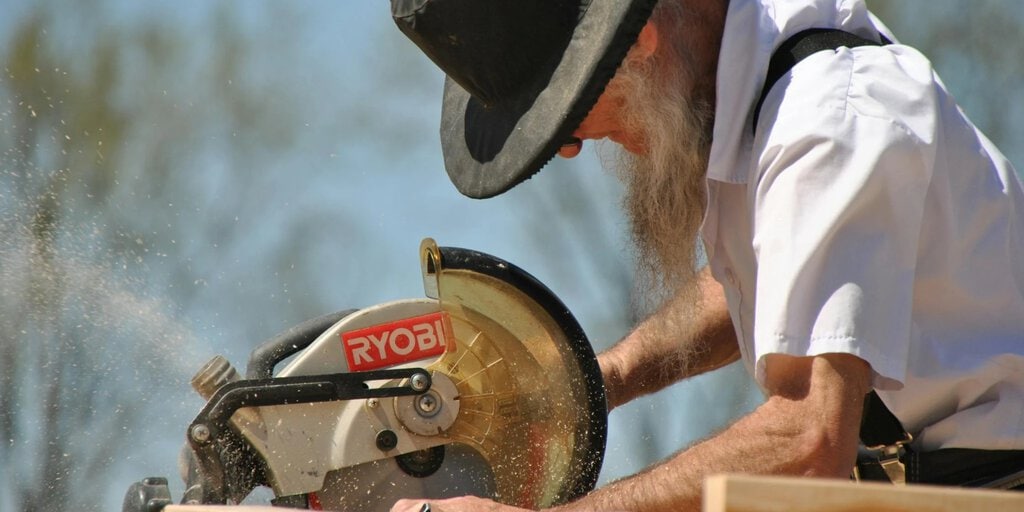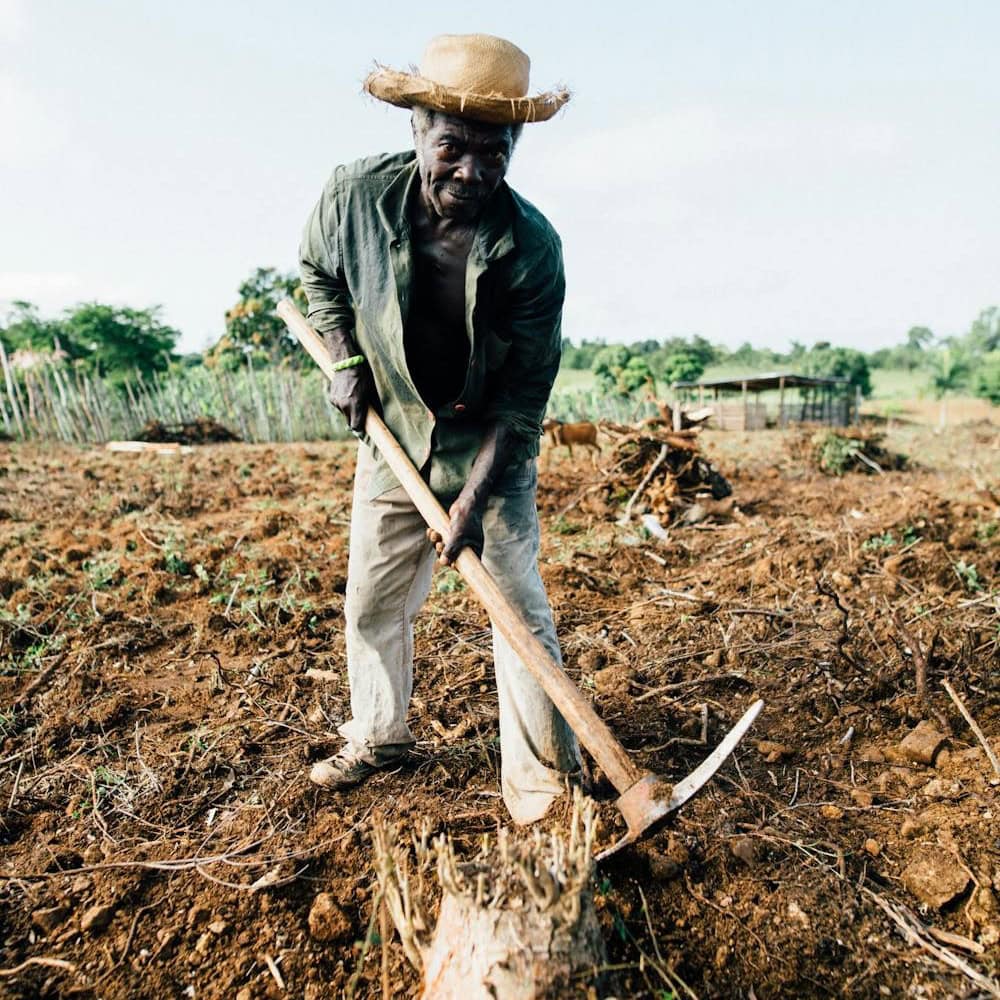Digging Into How Tool Use Began
Embark on a journey through time to unravel the mysteries of human tool use. Delve into the origins of this quintessential human behavior, which played a pivotal role in our evolutionary history.

From the earliest stone tools crafted by our ancestors to the sophisticated technology of the modern age, the development of tool use has shaped the course of human evolution. By examining archaeological evidence and studying the behavior of our closest relatives, scientists seek to uncover the evolutionary pathways that led to the emergence of tool use in early humans.
Figuring Out the Brain Stuff Behind It
Gain insight into the cognitive abilities that underpin human tool use. From problem-solving and planning to motor coordination and spatial reasoning, a complex array of skills is involved in the creation and manipulation of tools. Researchers investigate how these cognitive capacities evolved over time, tracing the development of neural pathways and brain structures associated with tool use.
By studying the behavior of primates and conducting experiments with modern humans, scientists aim to shed light on the evolutionary processes that shaped our tool-using abilities.
What Tool Use Tells Us About Being Human
Consider the broader implications of human tool use for our understanding of human evolution. The ability to create and use tools is often regarded as a defining feature of our species, reflecting our capacity for innovation and adaptation.

By examining the archaeological record and analyzing the behavior of living primates, researchers gain valuable insights into the cognitive, social, and ecological factors that drove the evolution of tool use in early humans. Ultimately, unraveling the mysteries of human tool use provides a window into the unique trajectory of human evolution and sheds light on what it means to be human.